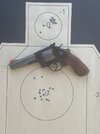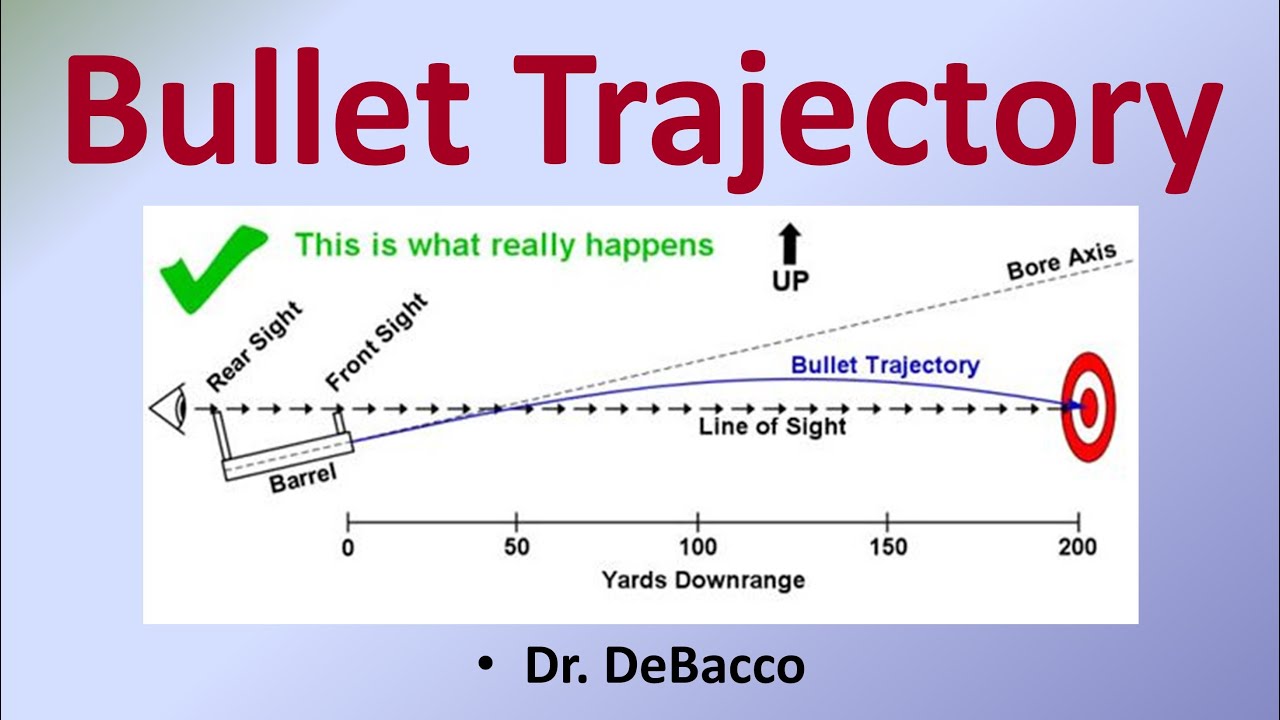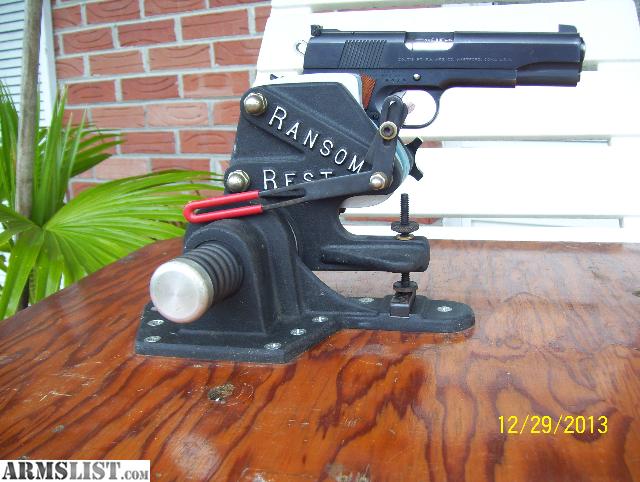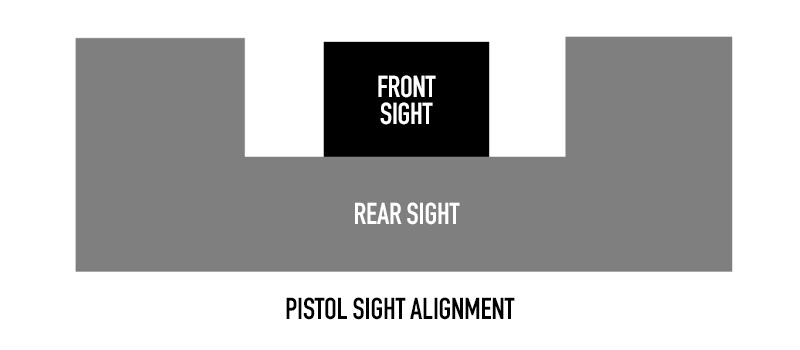While I wait for my NJ firearm license, I am researching what guns I'd like to own. I've been shooting various types at the local range and I am gravitating towards a 1911. I shoot "OK" for a beginner but I want to improve my accuracy. I am studying handgun grip, trigger technique, and shooting stance, and those are topics for a different post, but today I'd like to learn about sights.
The various 1911s I'm shopping have a number of different sights, and I'm developing certain preferences, but I'm not sure I'm using them correctly. I'm finding I like brighter, more visible sights, such as white dots front and rear, but I'm wondering whether a fiber optic front sight might be better. (I've looked at some tritium night sights, but wasn't impressed.) Any opinions or advice?
While I'm on the topic of sights, I'm trying to figure out how to use them. I'm likely to purchase one of the Springfield Armory 1911s, so allow me to quote from their user manual:
POINT OF AIM
Point of Impact
Shooters may use a “point of aim” sight picture at 25 yards. This means that, at 25 yards the bullet should impact the target at the point visible at the top of the front sight. Shooters may also use a “6 o’clock” sight picture to strike the center of the target. Springfield Armory® pistols are designed to use the “6 o’clock” sight picture at 25 yards. However, some pistols may shoot “point of aim” at 25 yards depending on shooter and ammunition.
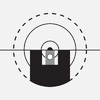
This is their "point of aim" sight picture.
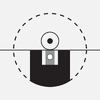
This is their "6 o'clock" sight picture.
My questions are:

The various 1911s I'm shopping have a number of different sights, and I'm developing certain preferences, but I'm not sure I'm using them correctly. I'm finding I like brighter, more visible sights, such as white dots front and rear, but I'm wondering whether a fiber optic front sight might be better. (I've looked at some tritium night sights, but wasn't impressed.) Any opinions or advice?
While I'm on the topic of sights, I'm trying to figure out how to use them. I'm likely to purchase one of the Springfield Armory 1911s, so allow me to quote from their user manual:
POINT OF AIM
Point of Impact
Shooters may use a “point of aim” sight picture at 25 yards. This means that, at 25 yards the bullet should impact the target at the point visible at the top of the front sight. Shooters may also use a “6 o’clock” sight picture to strike the center of the target. Springfield Armory® pistols are designed to use the “6 o’clock” sight picture at 25 yards. However, some pistols may shoot “point of aim” at 25 yards depending on shooter and ammunition.

This is their "point of aim" sight picture.

This is their "6 o'clock" sight picture.
My questions are:
- Are these instructions ambiguous? How can both techniques yield proper aim?
- So there is no recommendation to place the front sight directly over the intended target? (By "over," I mean blocking it or superimposing the center dot on the bull's eye.) That's how I've been doing it, and apparently I've been doing it wrong.
- It seems that in the second picture, the bull's eye is not centered in the target. Am I interpreting this wrong?



